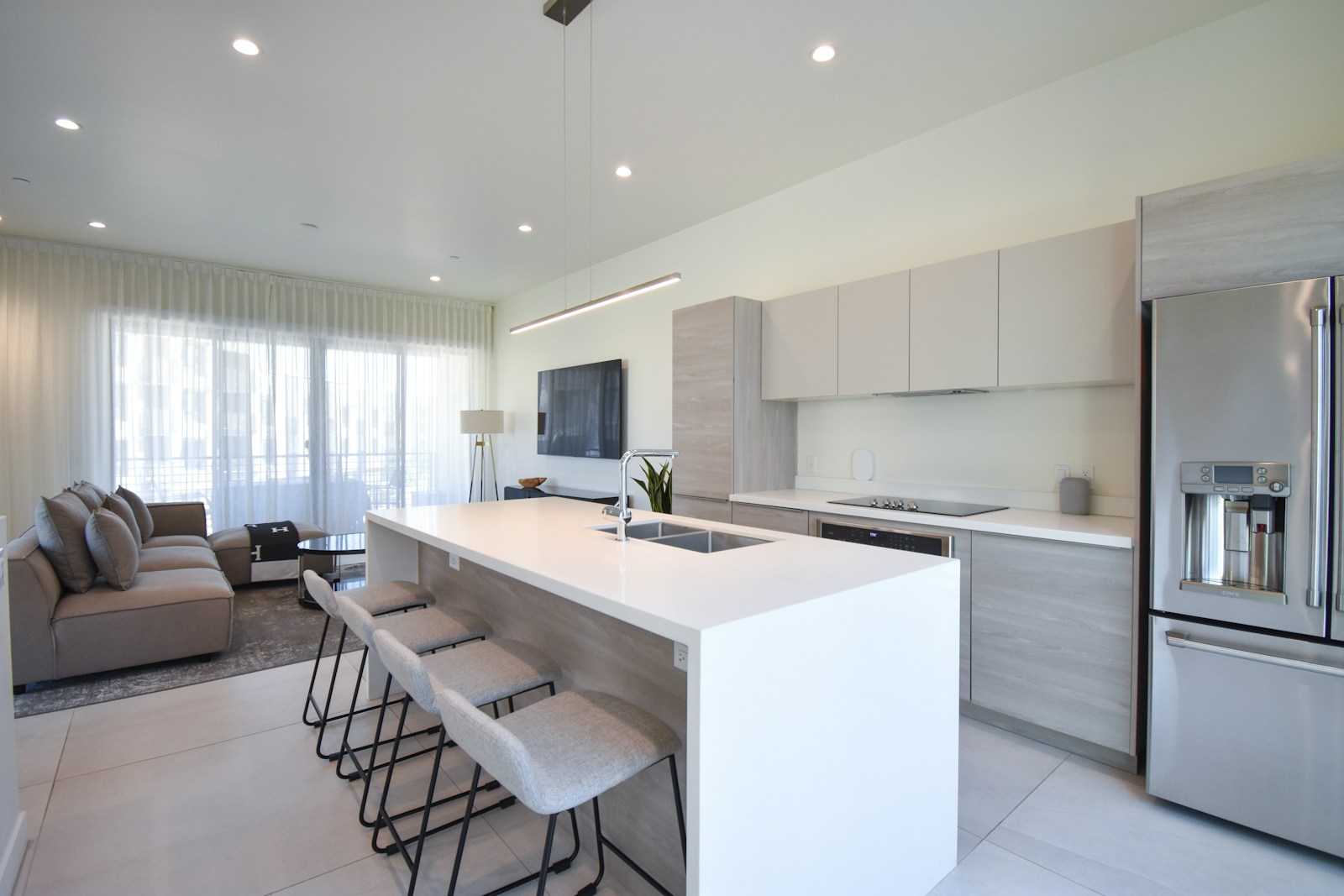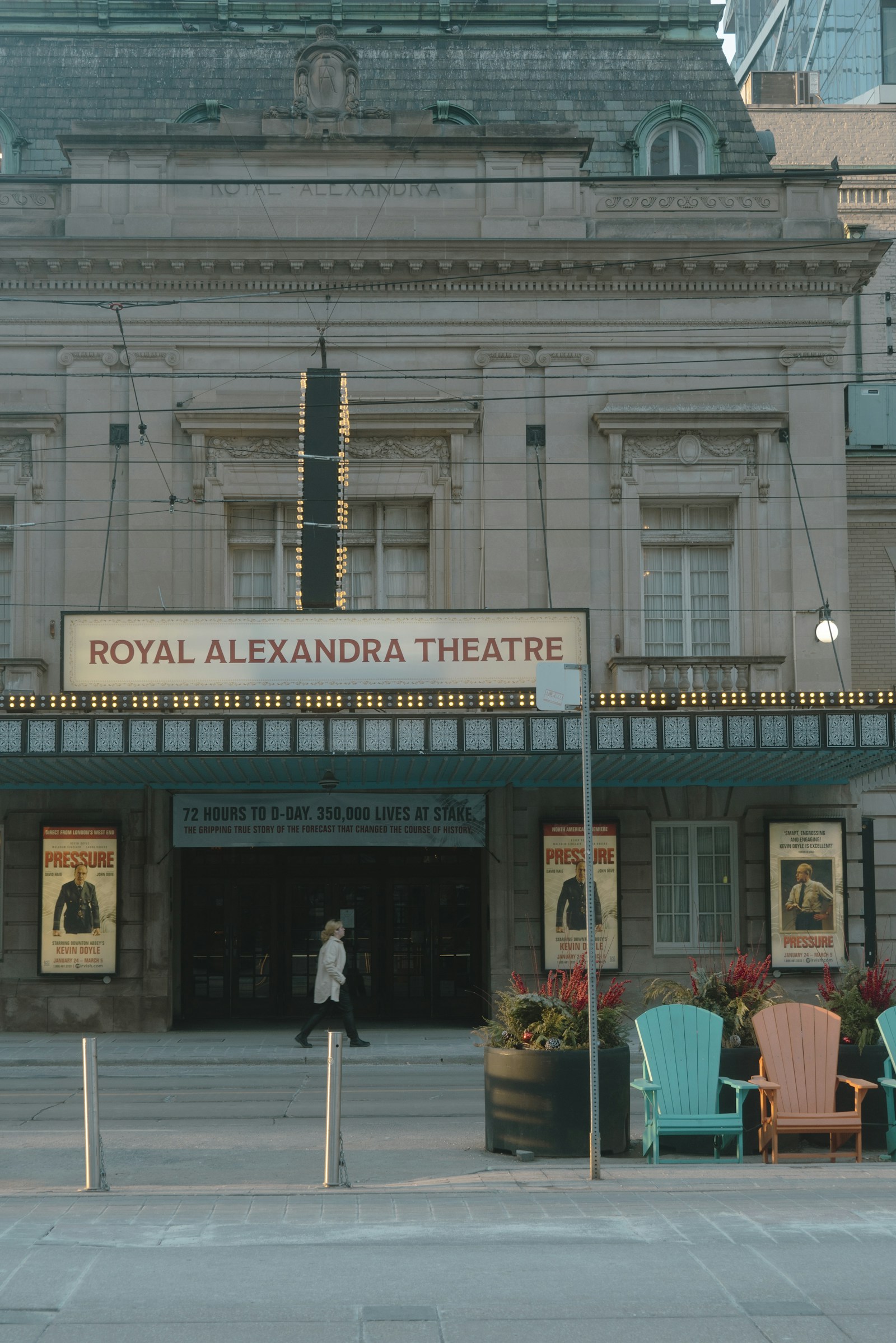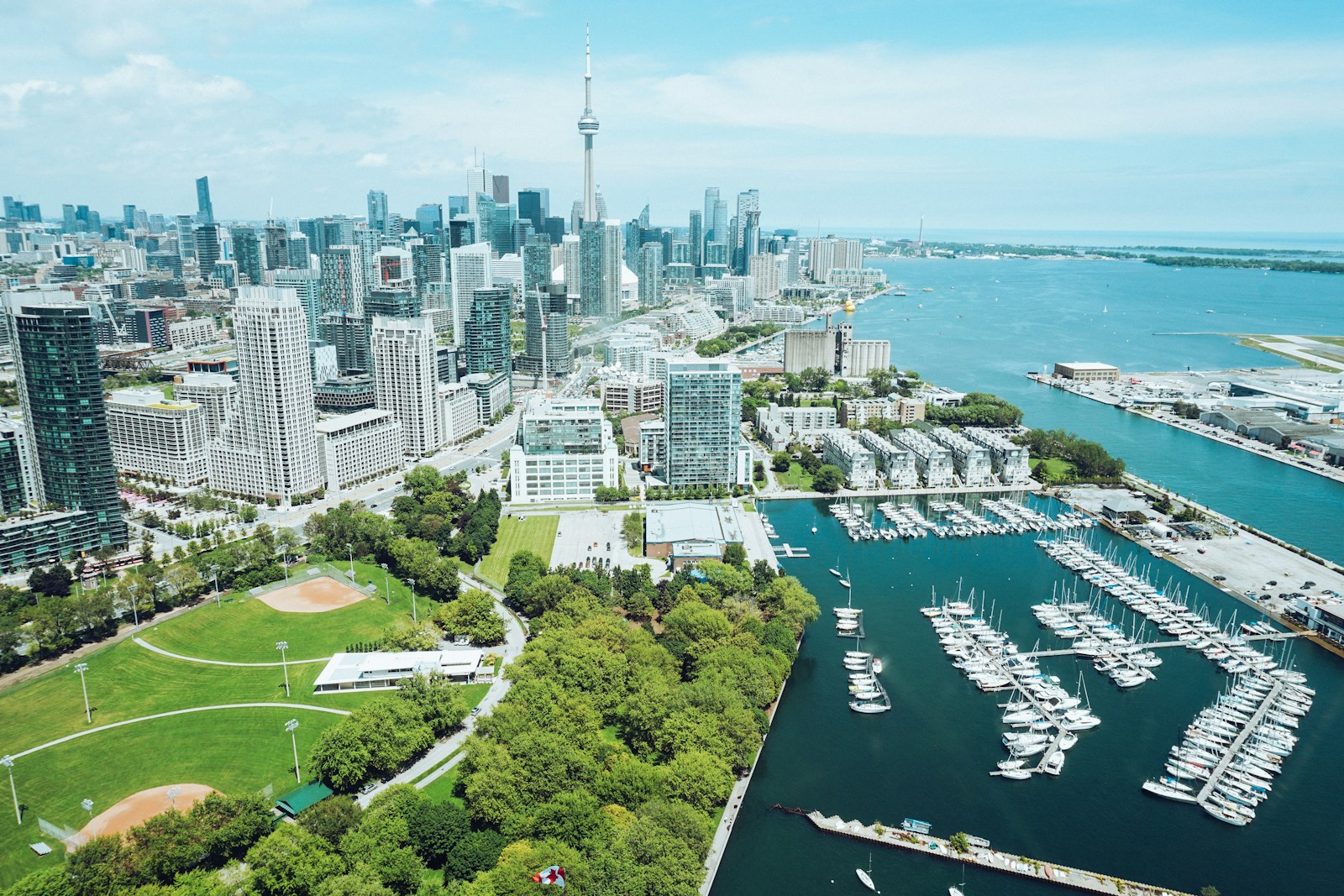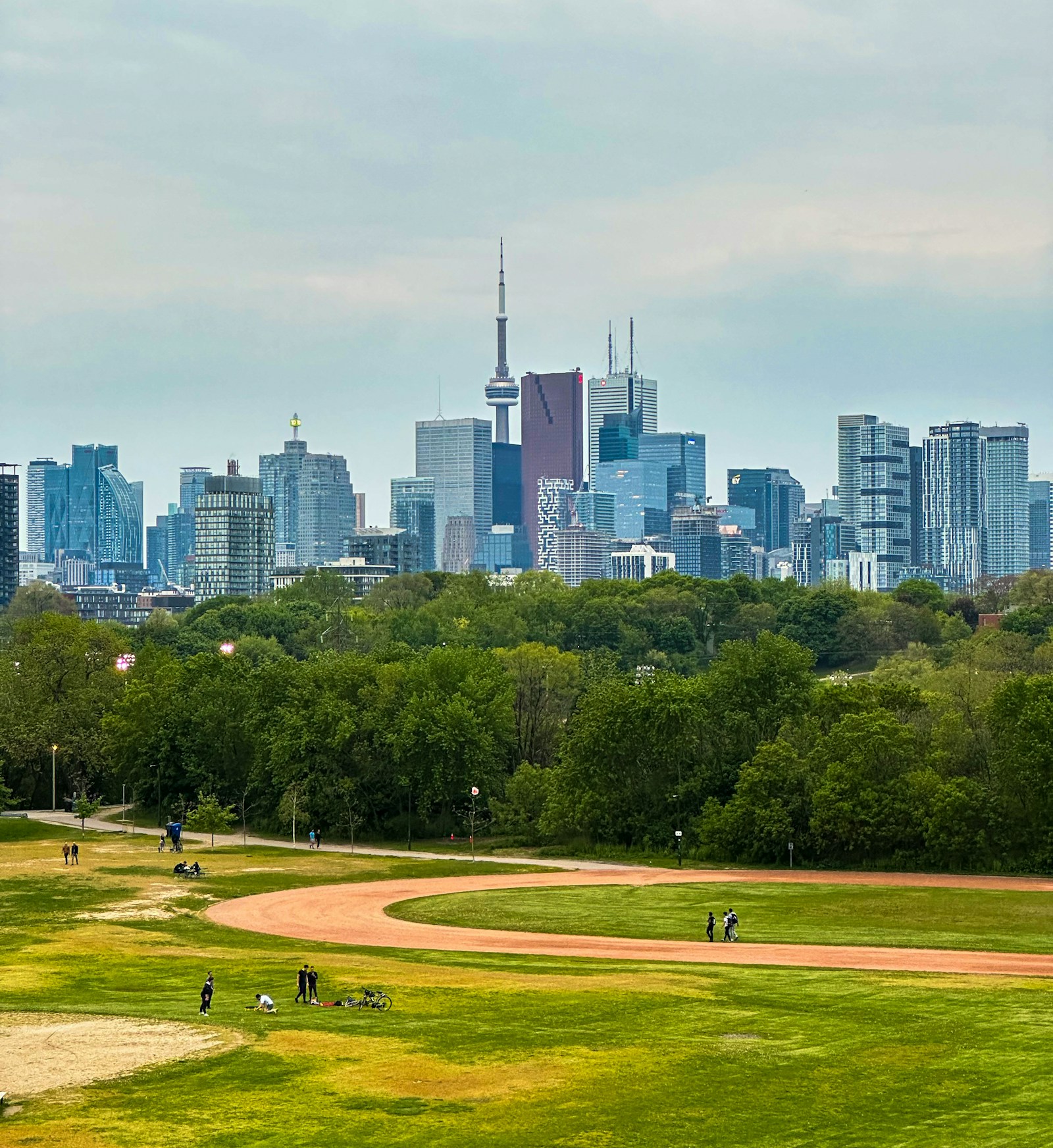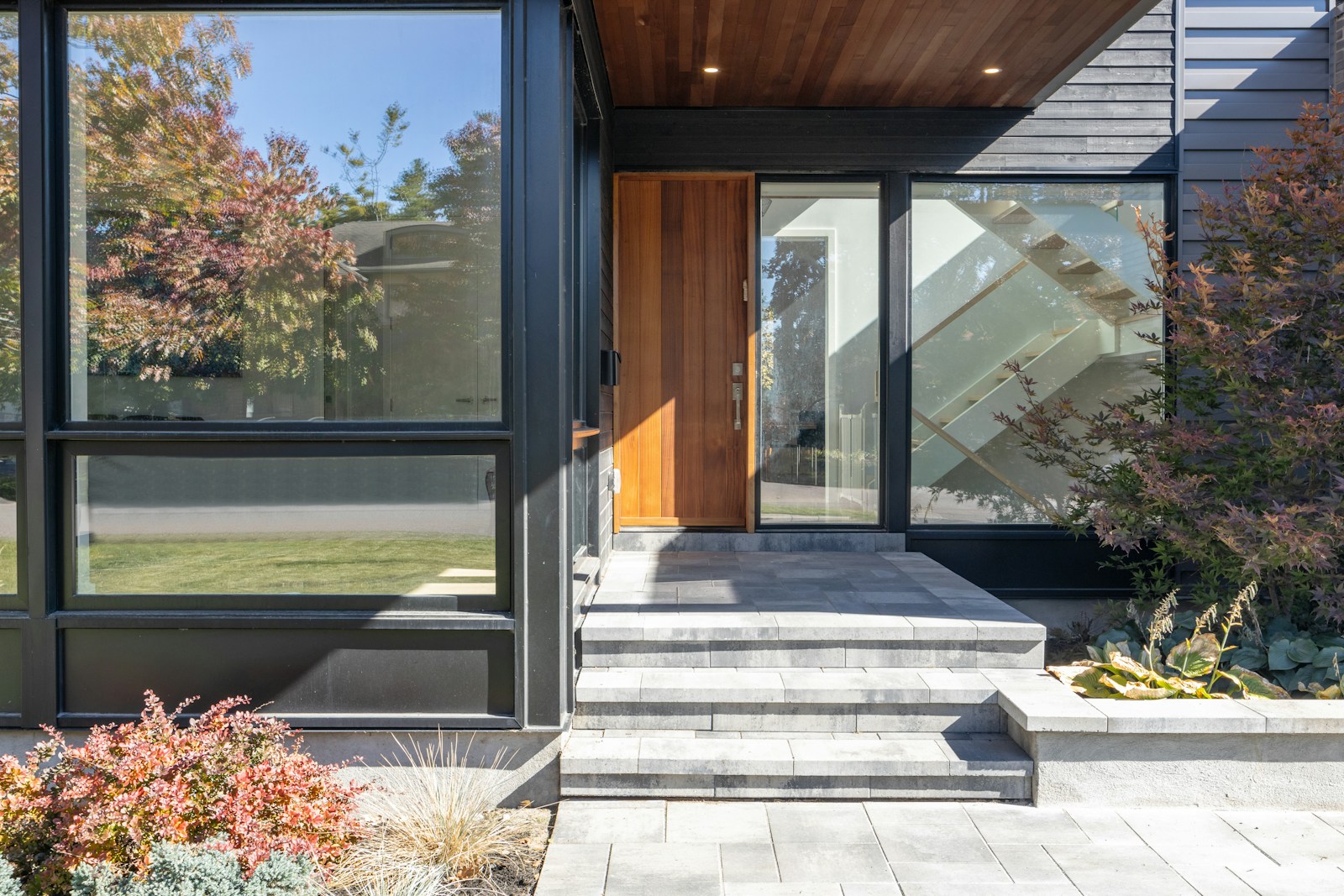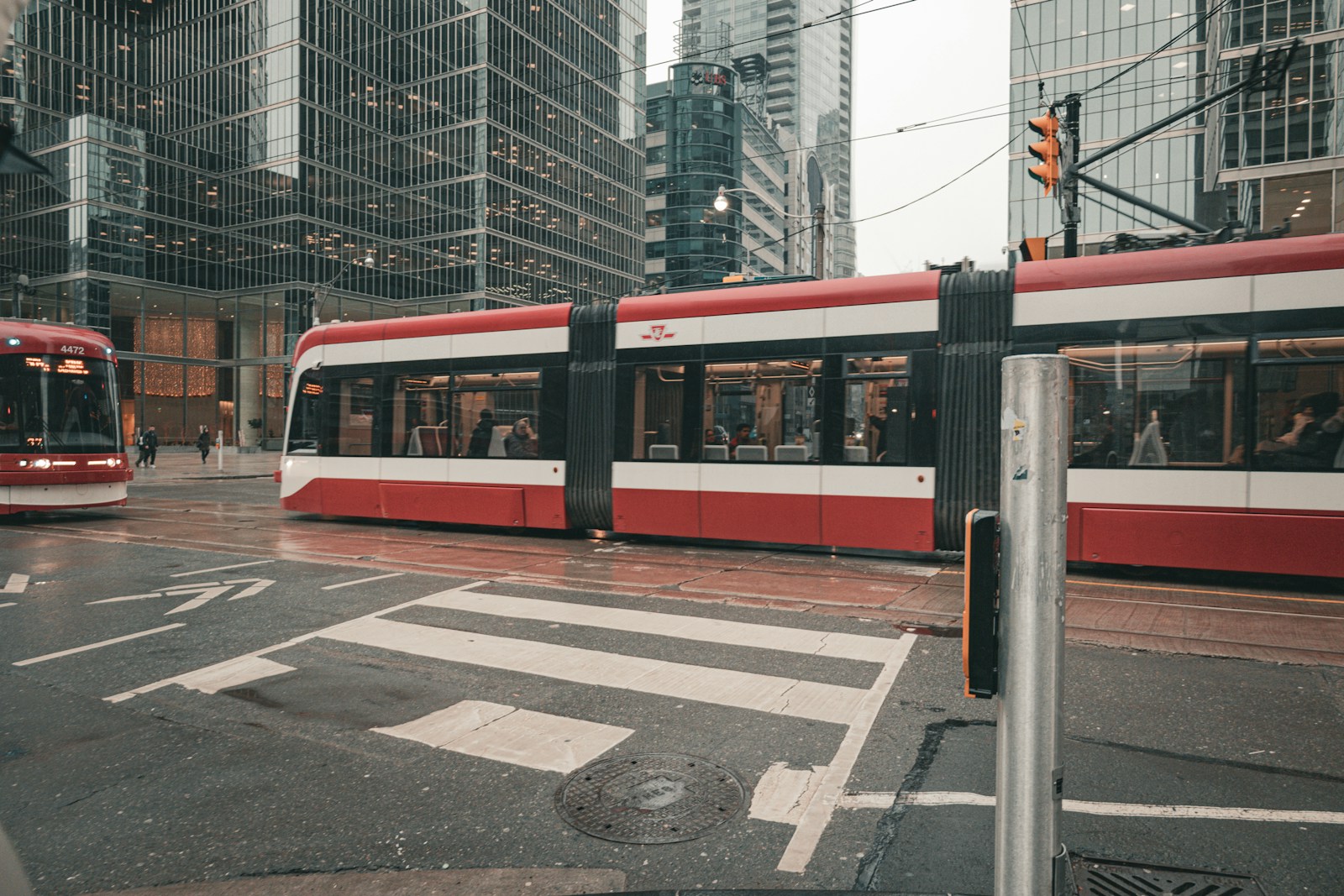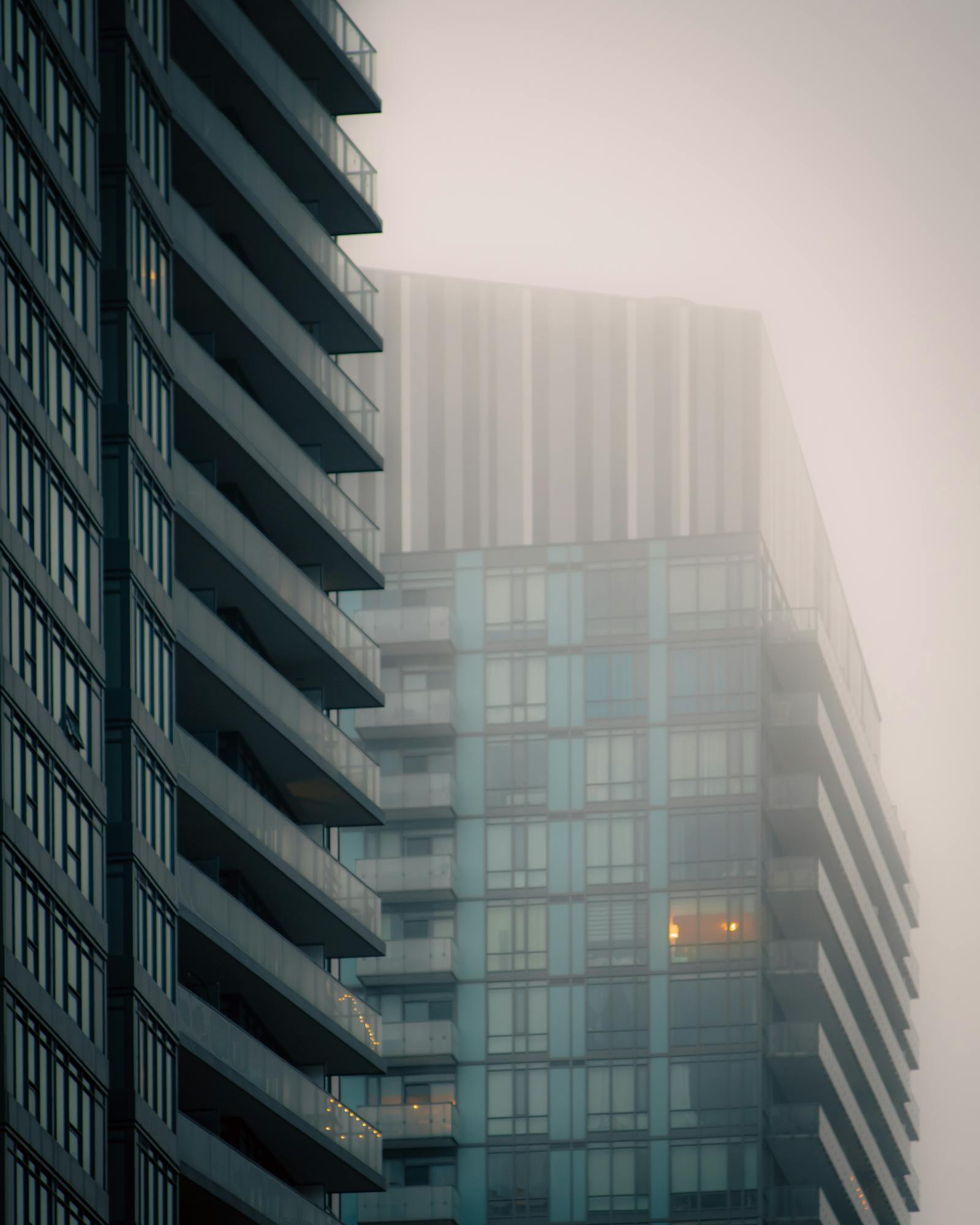Let's be honest, when someone says "new condo development" in Toronto, most of us immediately picture another boring glass box. You know the type - floor-to-ceiling windows that look impressive in the marketing photos but leave you feeling like you're living in a fishbowl, and interiors that scream "builder-grade everything."
But here's the thing about River City in the West Don Land, it's nothing like what you'd expect from a Toronto condo development. And trust me, that's a very good thing.
Wait, This is Actually a Masterplan?
Before we dive into the buildings themselves, let's talk about what makes this area special. The West Don Lands used to be, well, pretty much nothing. Industrial wasteland that most Torontonians probably drove past without giving it a second thought. But Waterfront Toronto had this crazy ambitious idea to transform 32 hectares (that's 80 acres, for those keeping track) into an actual neighbourhood where people would want to live, work, and hang out.
River City is the residential heart of this transformation. Instead of just plopping down some towers and calling it a day, they brought in Saucier + Perrotte Architects and ZAS Architects – two firms that actually win awards for making buildings that don't look like every other building in the city.
The result? A four-phase development where each building feels like it's part of an ongoing conversation rather than just another random addition to the skyline.
These Buildings Actually Have Personality
You know what's refreshing about walking through River City? The buildings look like they were designed by humans who actually think about how spaces feel, not just how they photograph for marketing brochures.
In a city where "luxury" often just means granite countertops and a concierge desk, River City proves that real luxury is living in a place that was designed with intention and care. It's what happens when architects, planners, and developers actually talk to each other and maybe even think about the people who'll be living in these places.
Bold Architecture That Actually Works
Take River City Phase 3 at 170 Bayview Avenue – this 29-storey tower looks like someone took the traditional condo tower concept and decided to have some fun with it. Picture black and white boxes that look like they've been randomly stacked by a very artistic giant playing with building blocks. And it absolutely works.
Phase 2, completed back in 2015, introduced those dramatic white volumes that cantilever out from the building like they're defying gravity. With 249 loft-style units, it proved that Toronto could handle architecture that actually takes risks.
The whole development uses this bold language of contrasting materials – matte black here, glossy white there – that creates amazing shadow patterns throughout the day. It's like the buildings change their mood depending on the light, which is pretty cool when you're looking out your window during your third Zoom call of the day.
Smart Solutions to Real Problems
Here's where River City gets really clever. Remember how this used to be flood-prone industrial land that nobody wanted? Instead of pretending the Don River doesn't exist, they worked with it. The whole community sits on elevated parkland, which means great views for residents and no worrying about your underground parking turning into an indoor swimming pool during heavy rainfall.
This isn't just clever engineering – it actually makes the neighbourhood feel special. You're living above the action but still connected to it, with bioswales and permeable surfaces handling stormwater the way nature intended. It's like they actually read the memo about climate change and decided to do something about it.
Street Life That Doesn't Suck
Can we talk about how most Toronto condos completely fail at street-level design? You get these weird dead zones where the building meets the sidewalk, maybe a Subway sandwich shop if you're lucky, and that's about it.
River City actually gets this right. The retail spaces feel integrated into the neighbourhood fabric instead of like afterthoughts. Wide sidewalks, decent overhangs for our unpredictable weather, and storefronts that actually invite you to look inside. Grabbing your morning coffee feels like a neighbourhood ritual instead of a chore.
Living Spaces Designed for Actual Humans
Step into a River City unit and you can tell someone actually thought about how people live. Those floor-to-ceiling windows aren't just there to show off – they bring natural light deep into the space, which matters more than you think during those long Toronto winters.
The layouts feel genuinely spacious rather than "spacious for a Toronto condo," which is usually code for "you can fit a queen bed if you don't mind climbing over it to get to the closet." The open-concept designs work because they're actually planned, not just because someone knocked down a wall and hoped for the best.
They even thought about storage that actually makes sense. Built-ins that acknowledge people own things, closets designed by someone who has apparently worn clothes before, and kitchen layouts that don't require you to be a contortionist to reach the dishwasher.
Most Toronto condo balconies are just big enough to use as lookouts – wide enough to fit a single chair if you don't mind your knees touching the railing. River City throws that playbook out the window. The terraces here are deep enough for actual furniture and conversations that don't require shouting over traffic.
The Right Kind of Density
Toronto's been trying to figure out how to fit more people without making everyone miserable, and River City offers some pretty good answers. The mid-rise scale means you get that neighbourhood feeling without sacrificing the convenience of urban living.
What's really smart is the mix of unit types. You've got everything from studios for the just-out-of-university crowd to larger units for families who want to stay downtown. It creates the kind of demographic mix that makes neighbourhoods actually interesting instead of just expensive.
Why This Matters for the Rest of Toronto
River City isn't just another development – it's proof that Toronto can do better than the glass box monotony that's taken over so much of the city. It shows that taking time to actually design buildings and neighbourhoods creates value that goes way beyond property values.
As Toronto keeps growing (and it definitely keeps growing), River City demonstrates that thoughtful planning and quality design can create communities that make the city better rather than just more crowded. With addresses like 170 Bayview Avenue now setting a new standard for what Toronto condos can be, it's about time the rest of the city caught up.

About MDRN Real Estate:
Looking for a design-focused real estate team that understands authentic heritage properties? MDRN Real Estate + Design specializes in connecting discerning buyers with respectfully renovated heritage homes in Toronto. We know the difference between genuine craftsmanship and heritage theatre. Contact us to start your search for a home with real history, not just heritage-style facades.
We work exclusively with design-conscious clients seeking authentic heritage and architecturally significant properties in Toronto's most coveted neighbourhoods. Contact us today.




